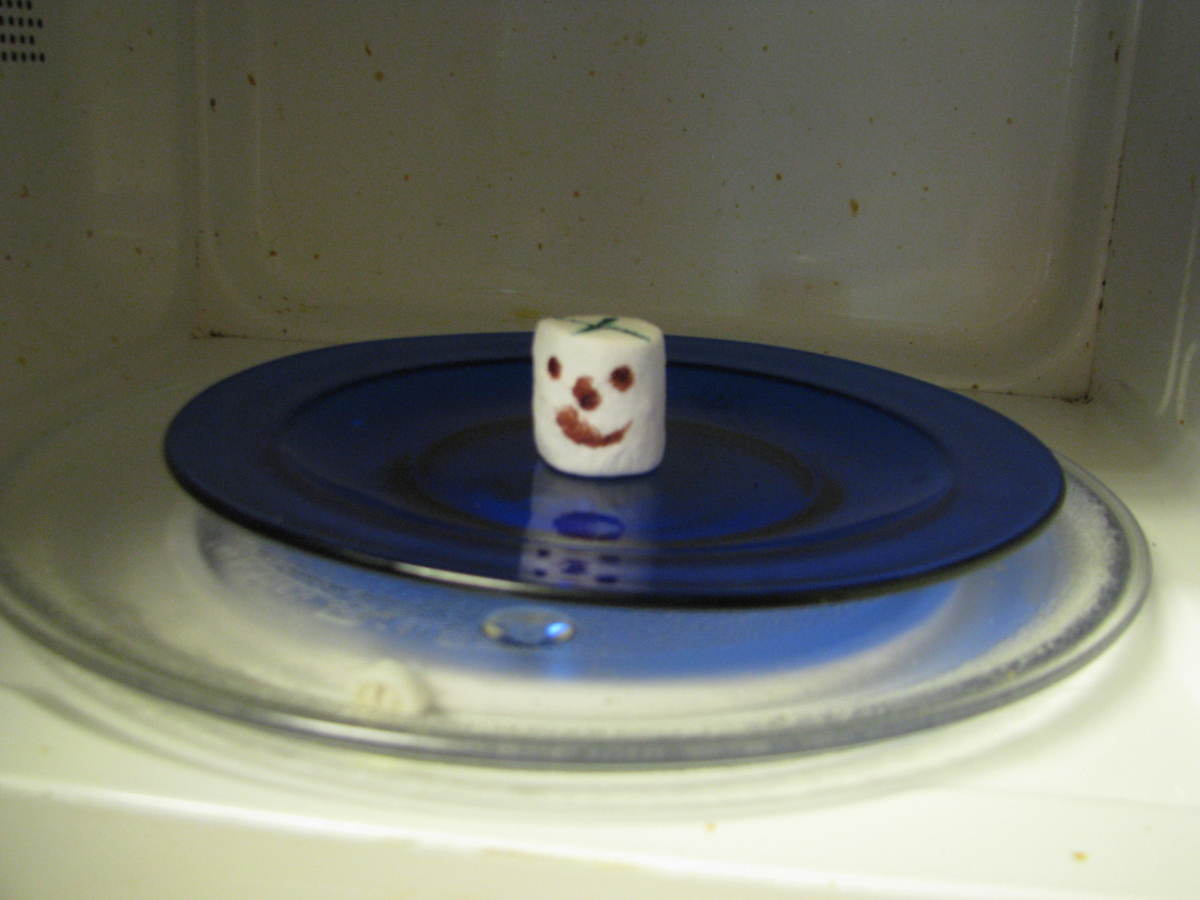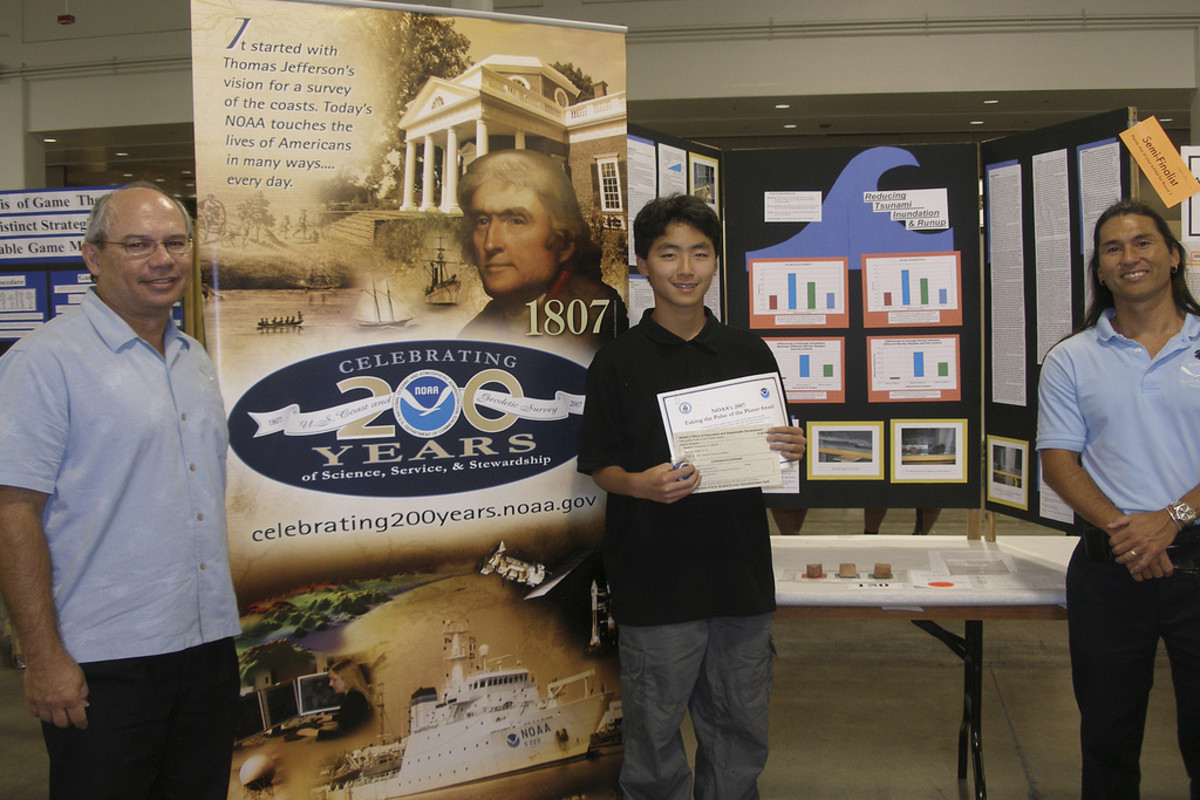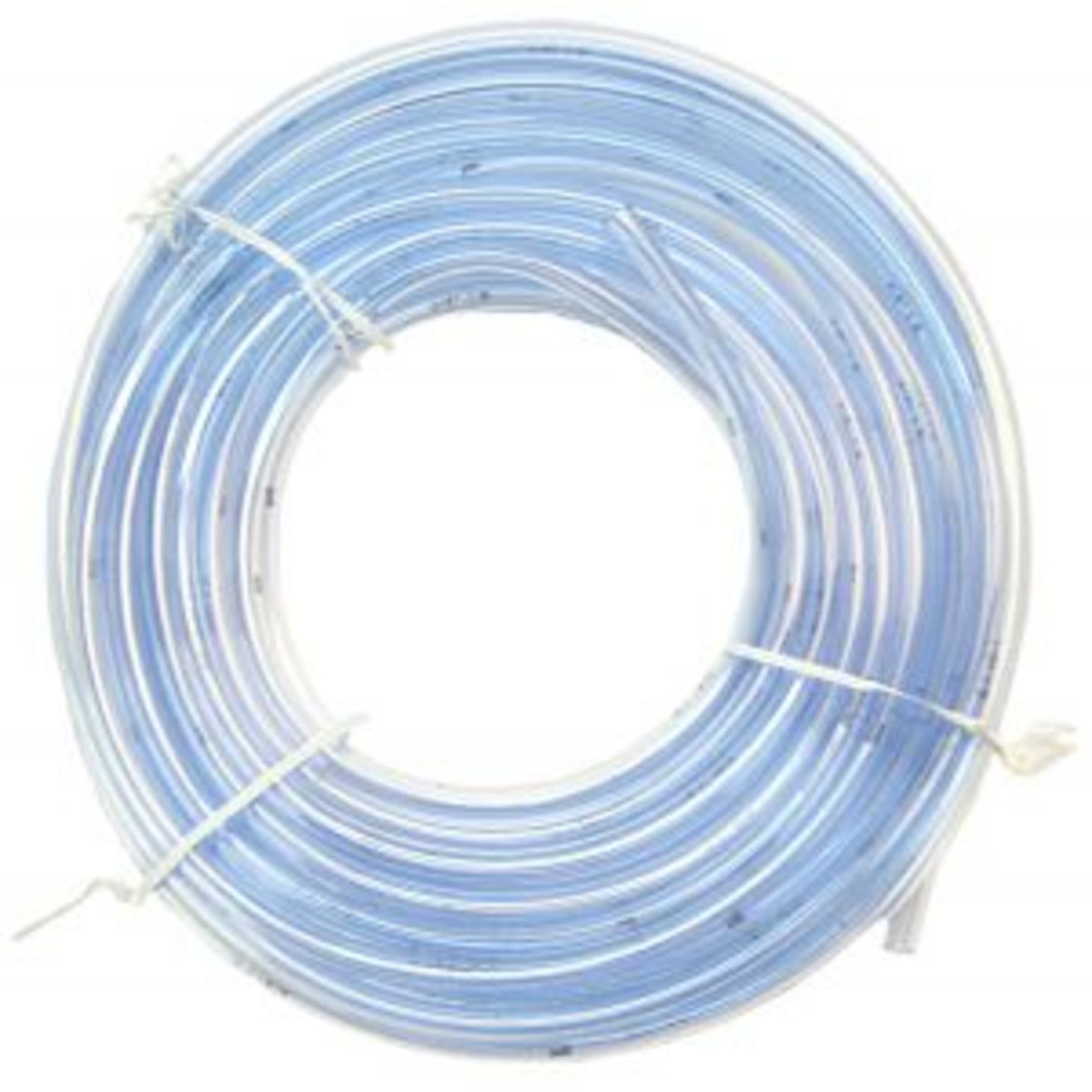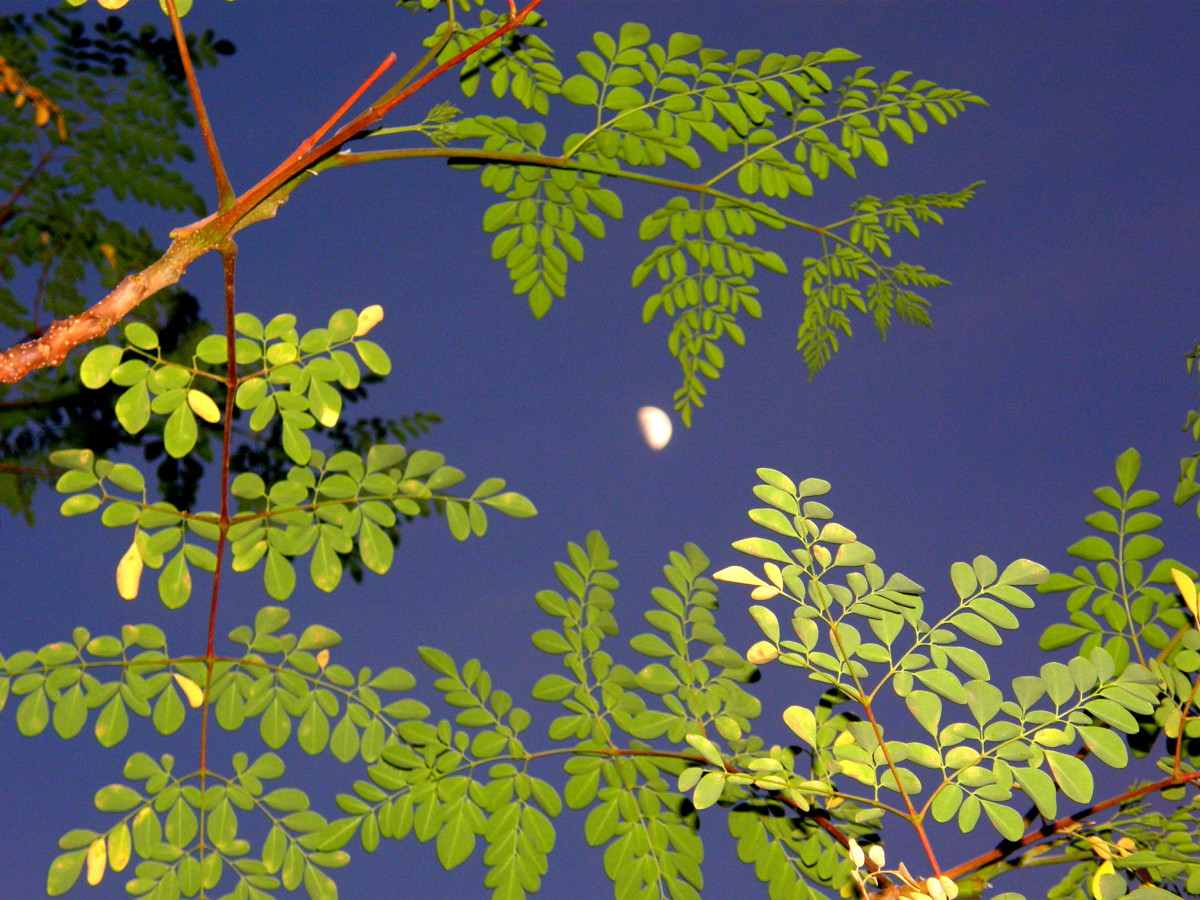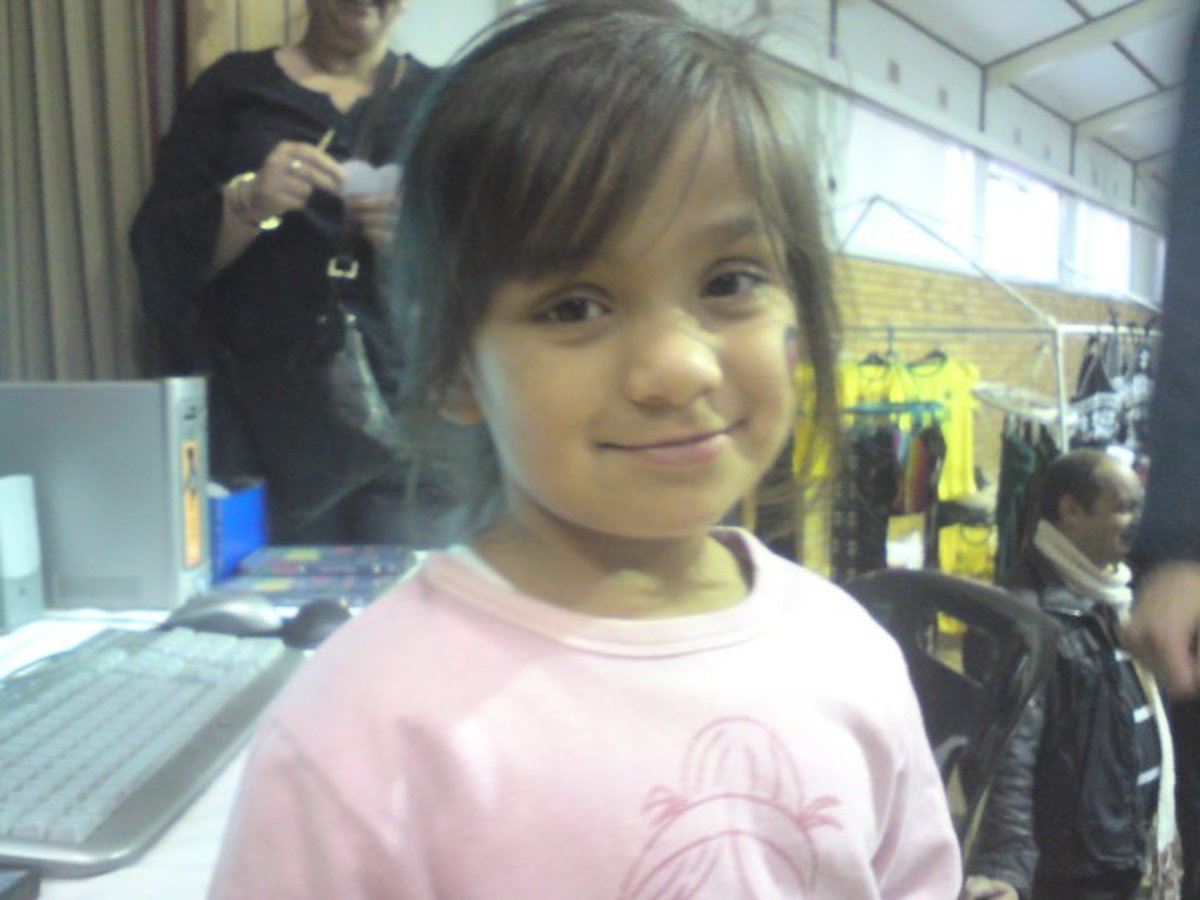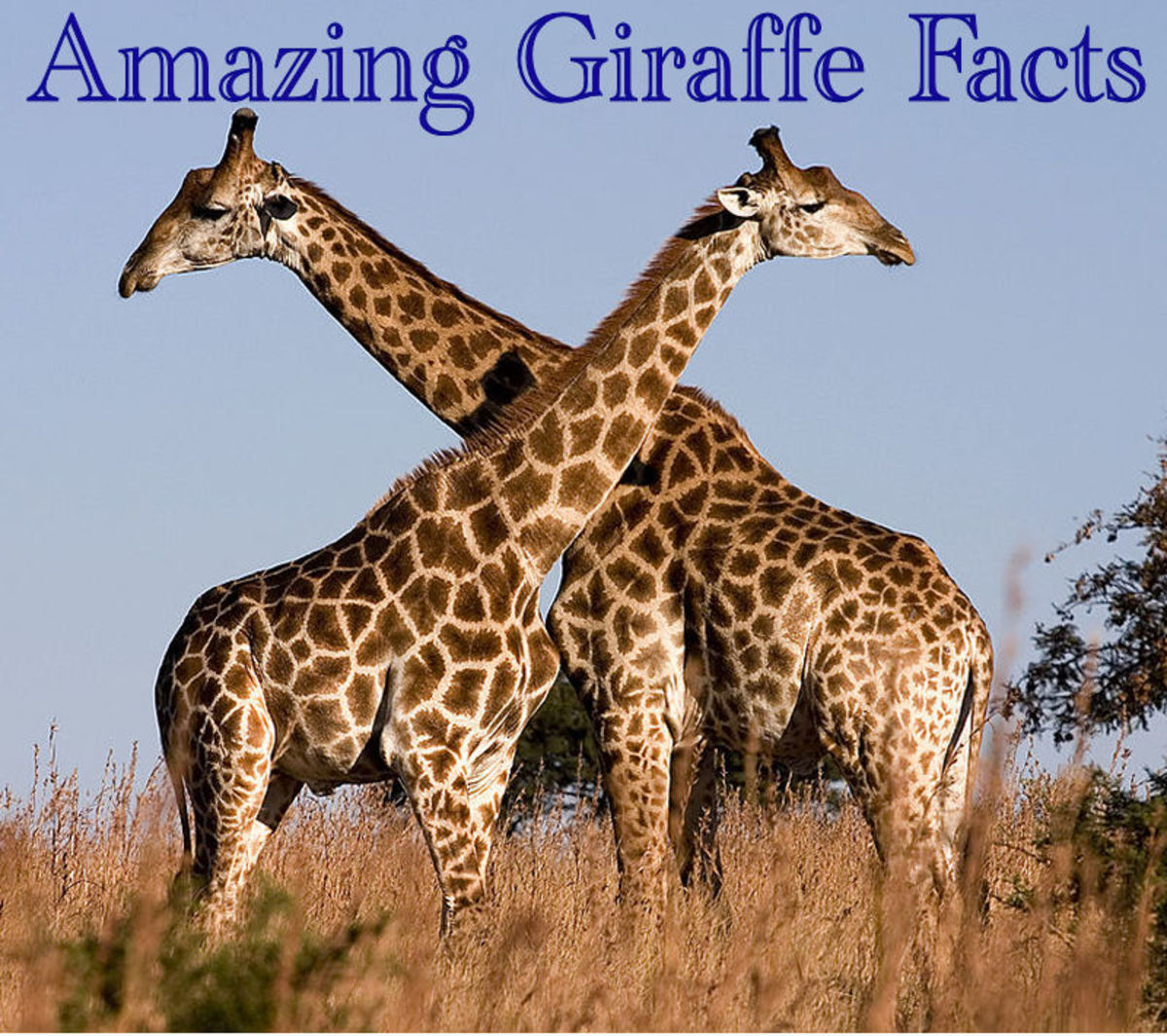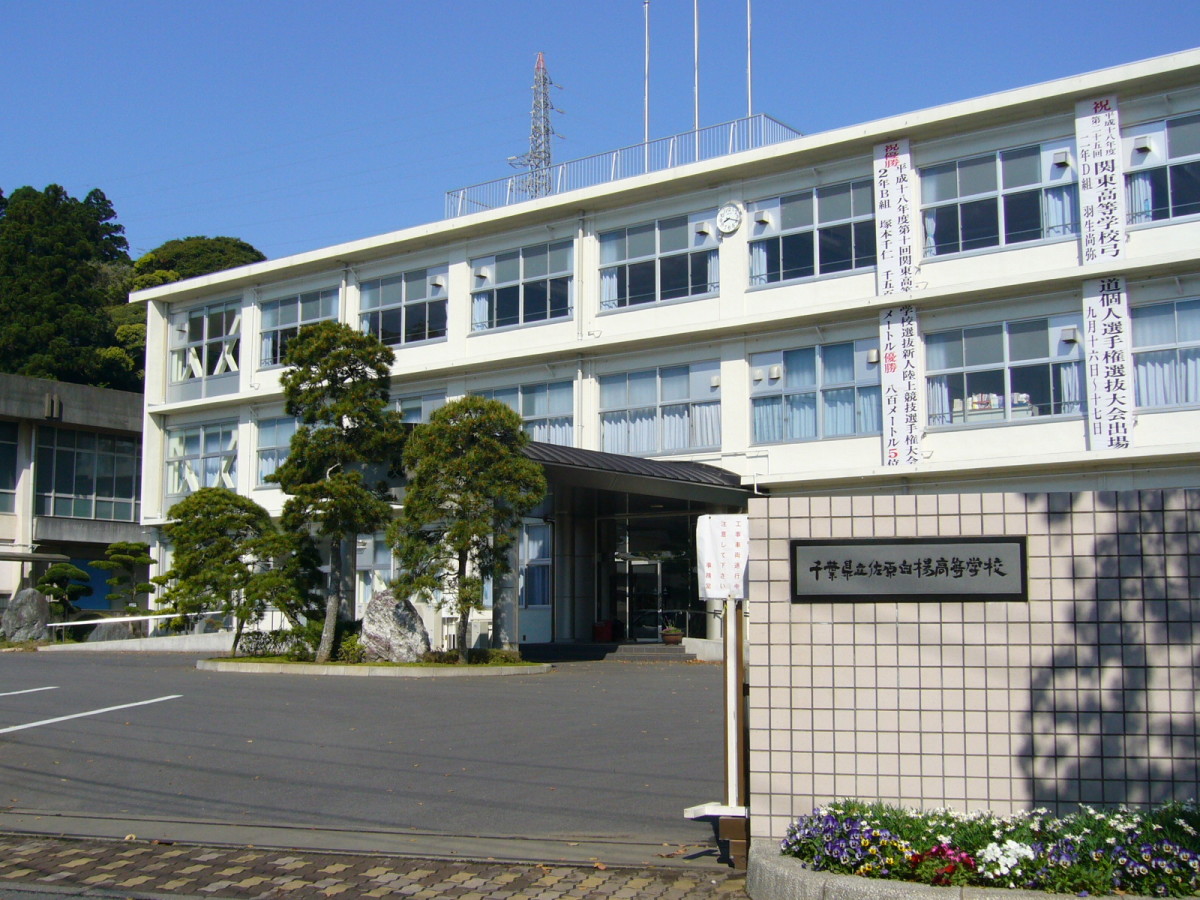How to Collect & Record Data for a Science Experiment {tips for Science Fair Projects}
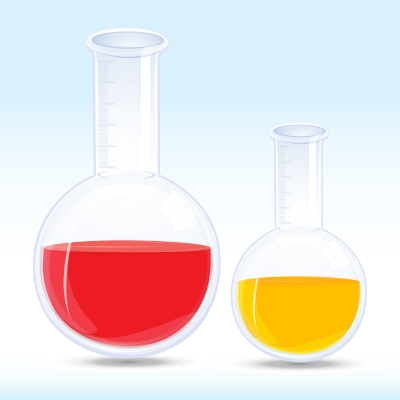
One of the purposes of a science experiment is to teach students how to observe reactions and help them draw conclusions. Learning how to accurately collect and record data will not only help create a successful science experiment, but it will allow your student to accurately use the scientific method.
In a 2011 article from The SchoolBox, we learned all about how to formulate a good scientific question for an experiment. In this follow-up article we’ll learn more about the importance of properly collecting and recording data from a science experiment, whether it be an experiment for fun or for an official science fair project.
Here are four simple ways to help improve your student’s data collection methods.
Be Honest
A good scientist doesn’t report findings that only back up his hypothesis, he reports data that goes against what he thought would occur too. Scientists must report data honestly in order to accurately report results and make interesting breakthroughs.
Scientists learn from each other, and if someone gives false data it will hurt other scientists working a similar hypothesis.
Vary Collection Methods
One way to report honestly is to consider the best way to report your data. But remember, there is more than one way to record data, and not every experiment will benefit from the same data collection method.
Here’s a few examples of data collection methods:
- Charts
- Journals
- Diagrams
- Drawings
- Video
- Still photos
- Yes/No charts
- Surveys
Record everything you find during your experimentation process; recording everything you notice (even if you don't think it is important at the time) ensures you won’t forget about something later, and just may lead you to a new discovery!
Look for Patterns
Don’t just look at physical patterns, look for patterns in reactions, or for patterns that happen at a certain time of the day. For example:
- Do the birds in your neighborhood eat from your bird feeder at a certain time?
- Do you notice crocus flowers open at the day but closed at the night?
- Do you noticed sunflowers changing which way they face during different parts of the day?
Warning
Never taste science experiments involving chemicals. Although it's okay to test how food products— such as an apple or cheese— tastes before or after warming it up or cooling it off, never taste things that may be dangerous.
Use Your Senses
How does something look, feel, taste, smell, sound?
Do you note any differences in the “before” and “after” of an element in your experiment? Consider asking someone else for their observations as well; maybe they’ll observe something you overlooked, and that discovery may lead you to test your hypothesis further.
Conclusion
After your student conducts the experiment and collects the data, he is far from done with the project. Next he’ll need to analyze the data, make conclusions and possibly retest the experiment. But at least the collection and recording portion of the experiment are complete.



